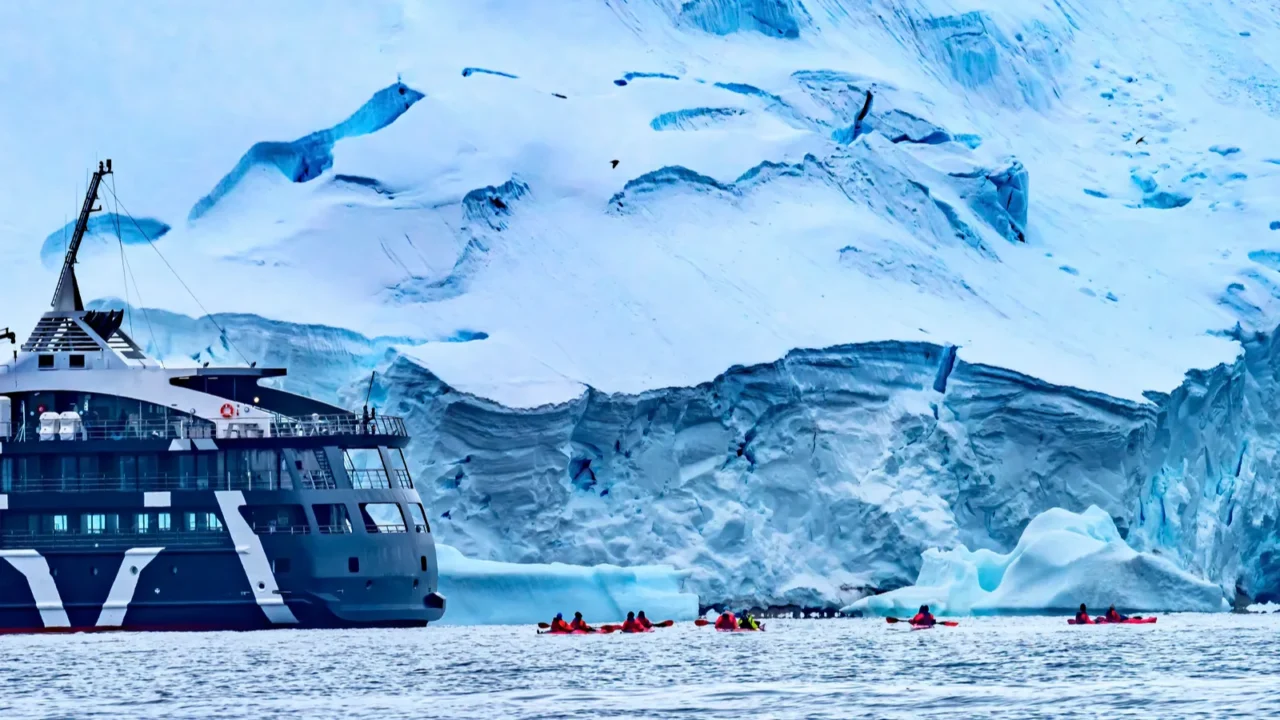
Polar dreams come true
Imagine drifting past towering glaciers, spotting humpback whales beneath icy skies, and ending the day in a cabin small enough to feel like your own private lookout. Expedition cruises are making that dream accessible in Alaska and Antarctica more than ever. Travelers now seek authenticity over bulk, adventure over all-inclusive resorts.
With advances in ship design, more eco-friendly power systems, and expert guides aboard, these voyages go beyond simple sightseeing. They offer immersive experiences such as zodiac landings, glacier footwalks, wildlife encounters, and lessons in polar science. The result is that travel is transformed with soul, story, and spectacular scenery.
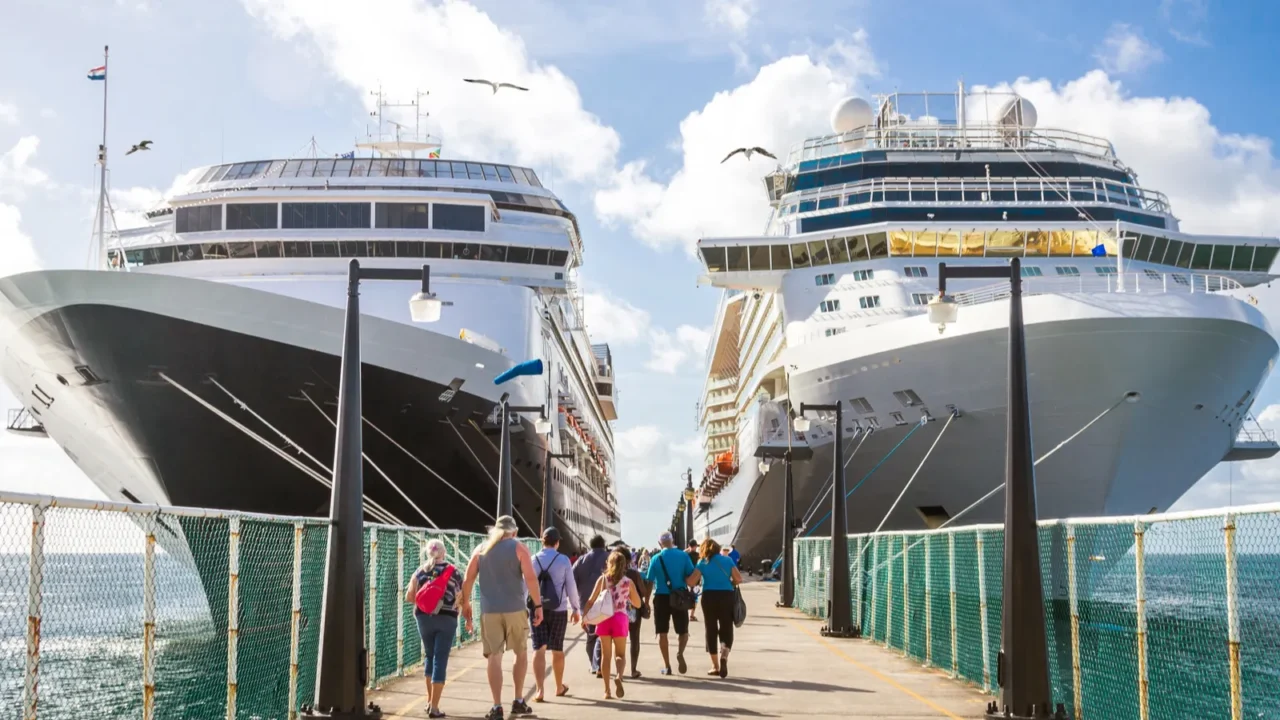
The surge in demand
Search interest in Antarctic cruises rose about fifty-one percent between 2019 and 2022, while Arctic or expedition cruise searches rose nearly forty-seven percent. More travelers are choosing exploration, something small-ship, nature-focused voyages provide. Alaska, too, is seeing record capacity and growing luxury expedition options.
In Alaska’s cruise market, offerings now include glacier viewing, wildlife tours, and even northern lights options. In Antarctica, itineraries are expanding from classic Peninsula trips to more remote regions like Ross Sea, South Georgia, and other rarely visited spots.
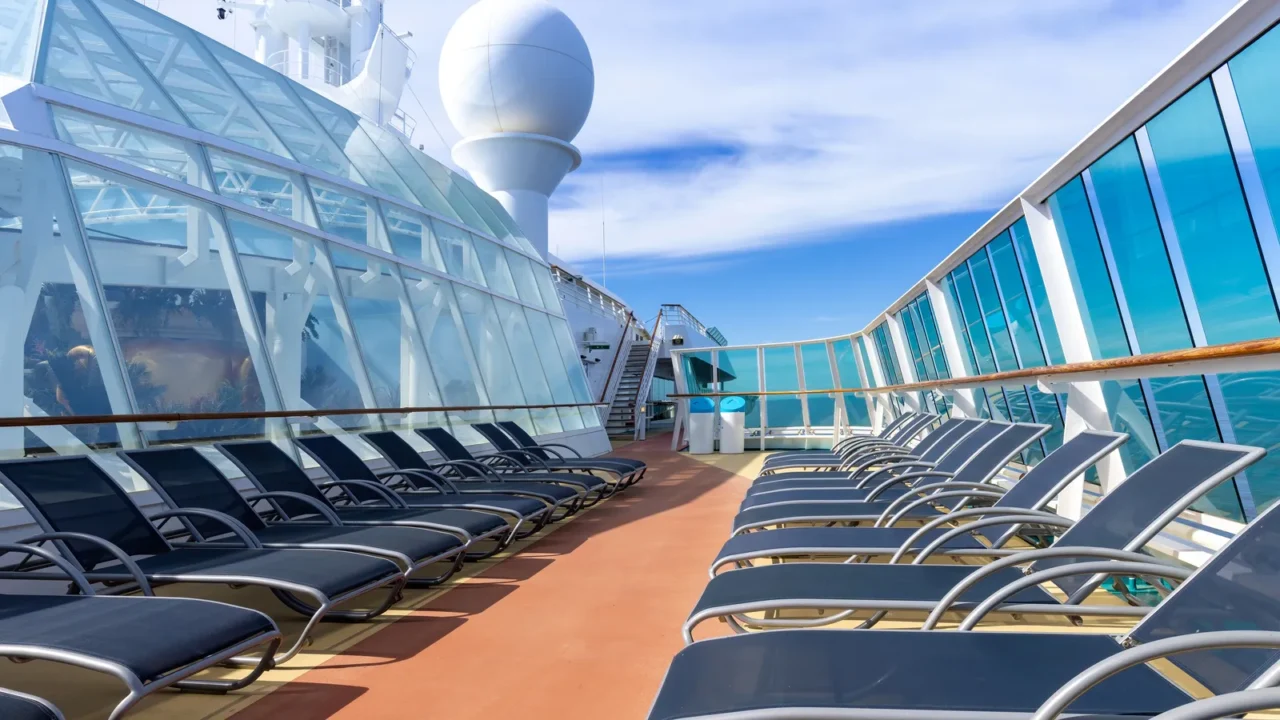
Alaska’s expanding luxury fleet
Alaska is no longer just about big ships with thousands of guests. Luxury brands and specialized expedition lines are pushing in. In 2025 and 2026, major players like Silversea, Regent, Seabourn, and even new entrants are increasing capacity, deploying smaller purpose-built ships for intimate exploration.
These ships often offer higher guest-to-expert ratios, luxurious accommodations, and unique itineraries. Guests can hike remote trails, kayak among icebergs, and explore the Alaskan wilderness with guides who know flora, fauna, and indigenous culture. What used to be only for seasoned explorers is now more mainstream.
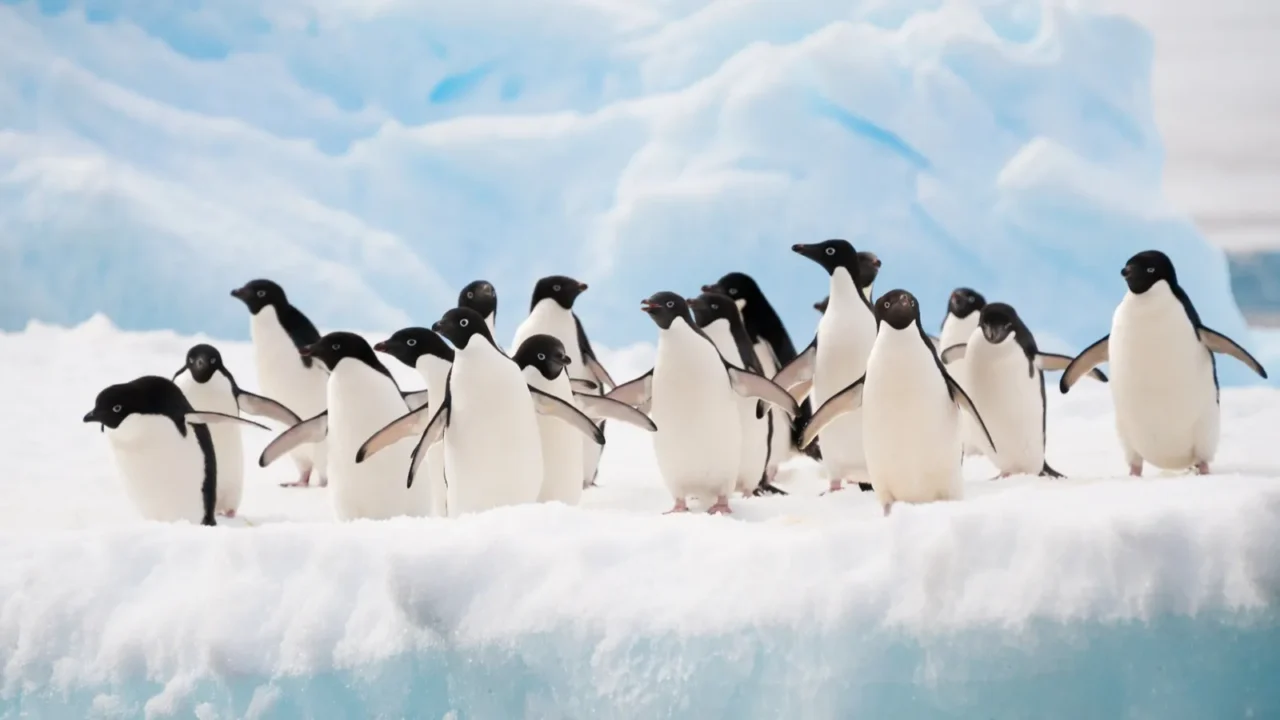
Antarctica’s deeper secrets
Antarctica used to be visited mostly along its Peninsula. Now expeditions are pushing into the Ross Sea, South Georgia, and even deeper. These new routes include encounters with emperor penguins, enormous ice shelves, historic huts, and rarely visited ecosystems.
Ships built for ice-class performance, smaller passenger counts, and enhanced environmental standards are enabling these journeys. Guests not only see the big views, but they also walk on ice, camp under polar skies, and listen to stories of early explorers. Antarctica is no longer just for the few.
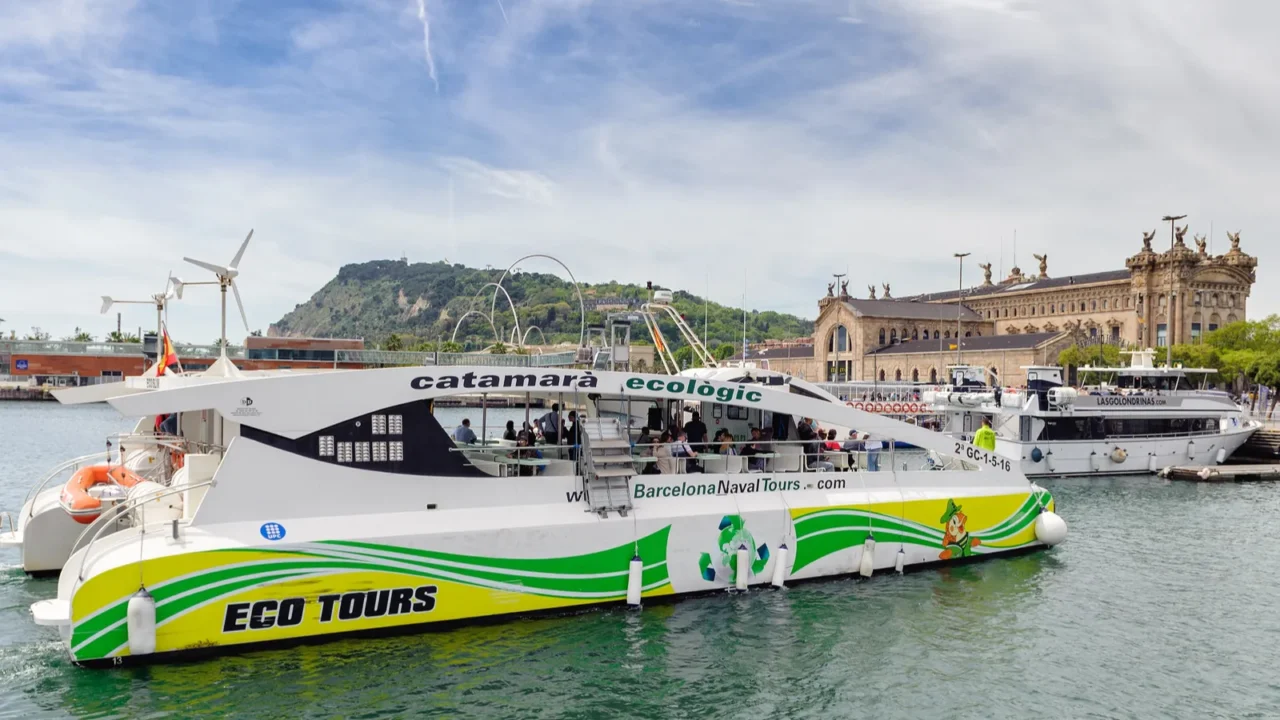
Sustainable ships and green tech
Rising demand comes with rising responsibility. Expedition companies are retrofitting engines, using hybrid power systems, improving hull design for better fuel efficiency, and reducing waste on board. Hurtigruten, for example, introduced hybrid battery-powered expedition ships in Alaska. Expedition ships like the “Expedition” (Antarctica) are Ice Class rated 1A, with upgraded stabilizers and quieter propulsion systems to minimize environmental impact.
Eco-guides, scientific experts, and naturalists accompany almost every trip. They help with wildlife spotting, explain geology, climate effects, and wildlife behavior. Passengers expect more than pretty sights—they want meaningful context. And operators are responding.
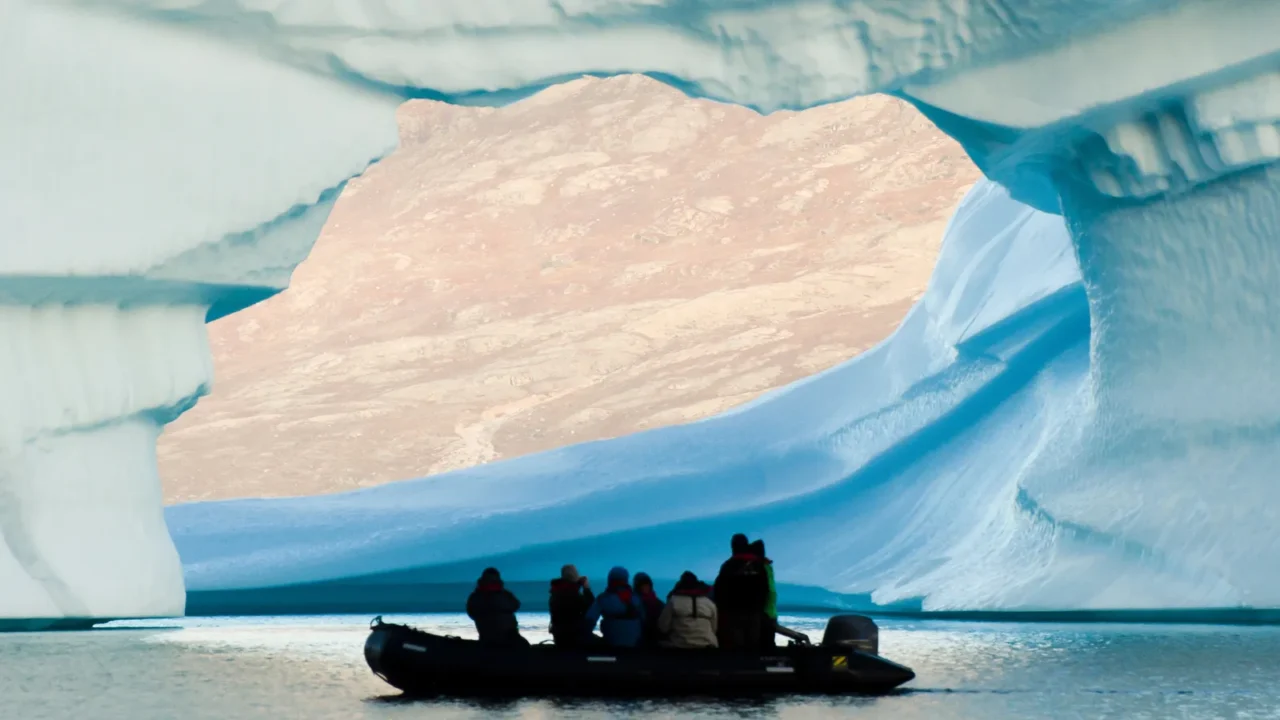
Unique itineraries and wild encounters
What sets expedition cruises apart are the experiences off-ship. Zodiac rides among ice formations, walking on glaciers, visiting indigenous communities, kayaking among icebergs, camping in Antarctica, spotting orcas and whales in Alaska’s fjords. Such intimate contact with nature draws travelers yearning for more than sunbathing.
The itinerary diversity has exploded. You can pick classic glacier passages, remote bird colonies, volcanic landscapes, or trips focused on marine biology. In many cases, you travel only with dozens or a few hundred fellow explorers rather than thousands. That makes each moment more personal.

Market numbers and growth projections
The Alaskan cruises segment is projected to grow at a three-percent compound annual growth rate, rising from about US$1.87 billion in 2022 to over US$2.5 billion by 2032. Alaska is expected to contribute over thirty-six percent of glacier cruise revenue by 2025, making it a powerhouse in this niche.
Meanwhile, Antarctica expeditions are increasing their itineraries, ships, and availability. Many lines are adding new departures, expanding routes, and pushing into remote seasons. Demand is rising not just for novelty, but for authenticity and quieter experiences.
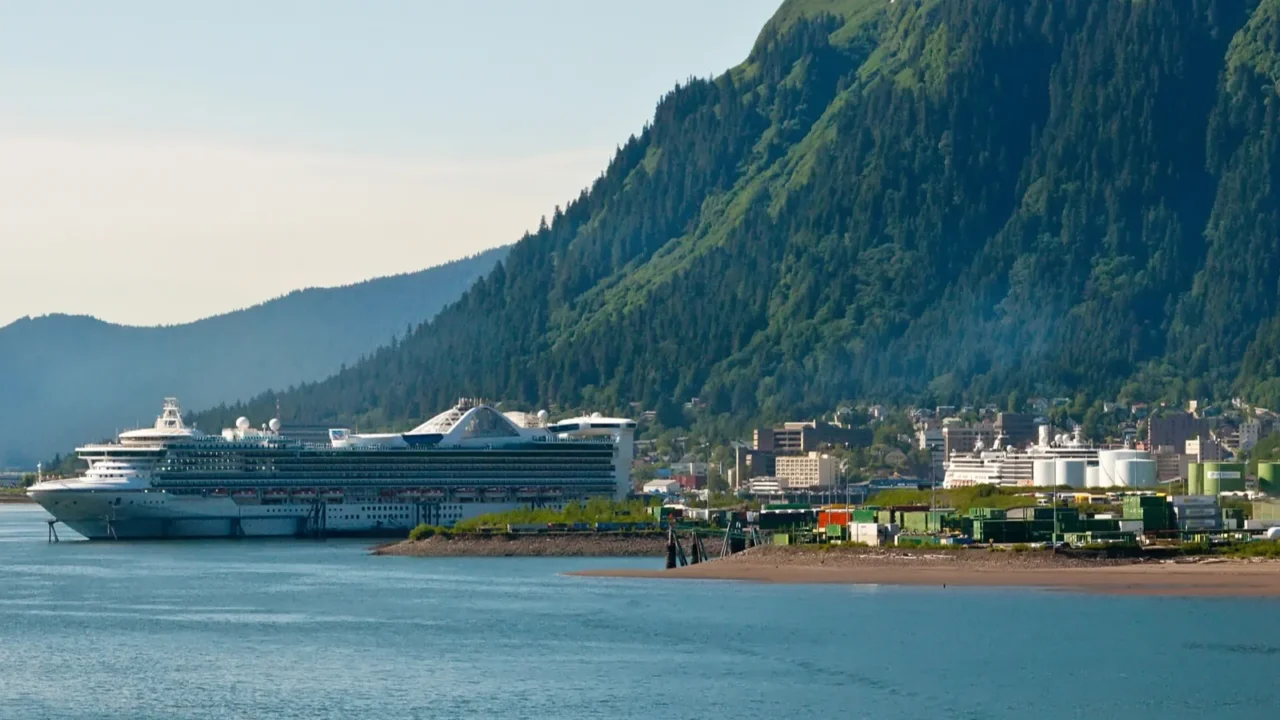
Pushback and local impact
Tourism brings jobs, income, and investment to remote ports like Juneau, Skagway, and Ushuaia. But locals are seeing negative side effects too: overcrowded streets, overwhelmed infrastructure, environmental stress, wildlife disruption, and noise. In Alaska’s capital, Juneau, ideas to limit cruise ship passenger volume are already being negotiated.
In Antarctica, the treaty systems mandate strict environmental protocols, limited landings, and restrictions on passenger numbers ashore to protect wildlife and fragile ecosystems. The balance between opening up remote places and preserving them is a central tension in expedition growth.
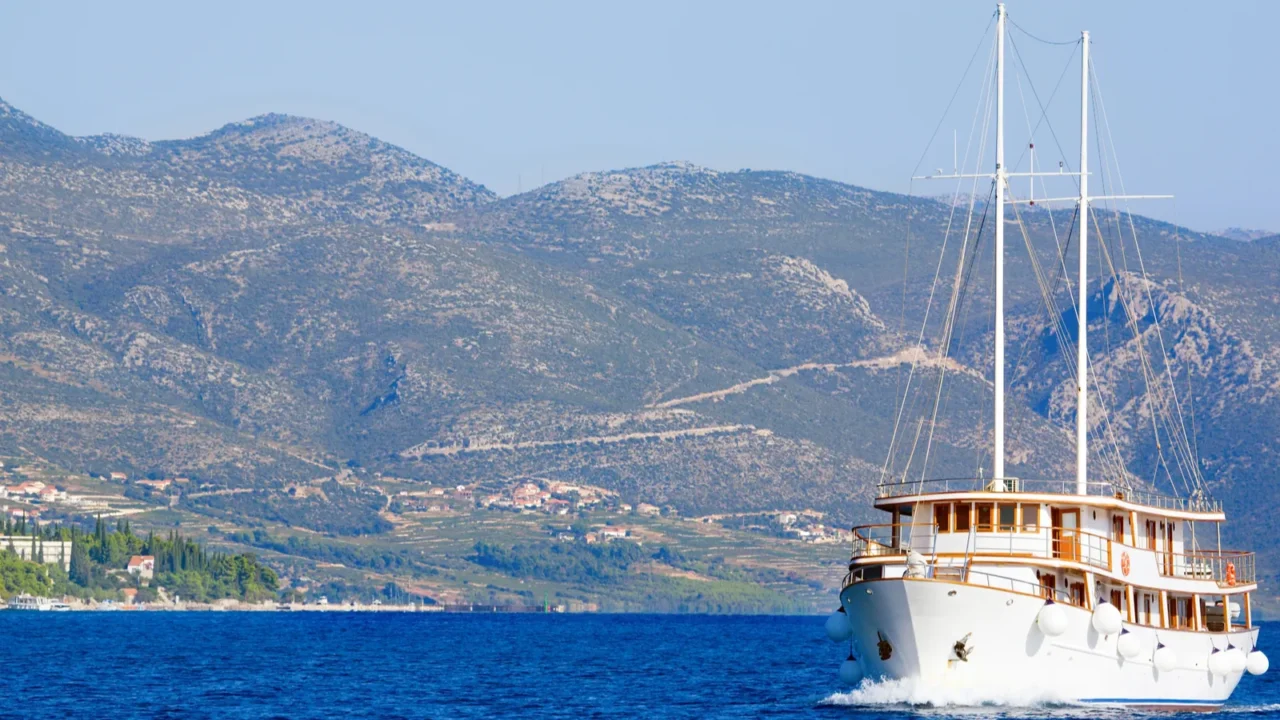
Choosing the right ship
If you want to try an expedition cruise, ship size matters. Smaller vessels with ice-class hulls, fewer than about 150 passengers, and a high guest-to-guide ratio usually provide more landings, better wildlife viewing, and a more authentic experience. Big cruise liners that just sail by ice scenery cannot offer the same.
Amenities still play a role as stabilizers to reduce seasickness, such as comfortable cabins, good food, naturalist experts, and expedition-grade gear. Also look for itineraries that allow off-ship time, like kayaking, hiking, or camping under permitted conditions.
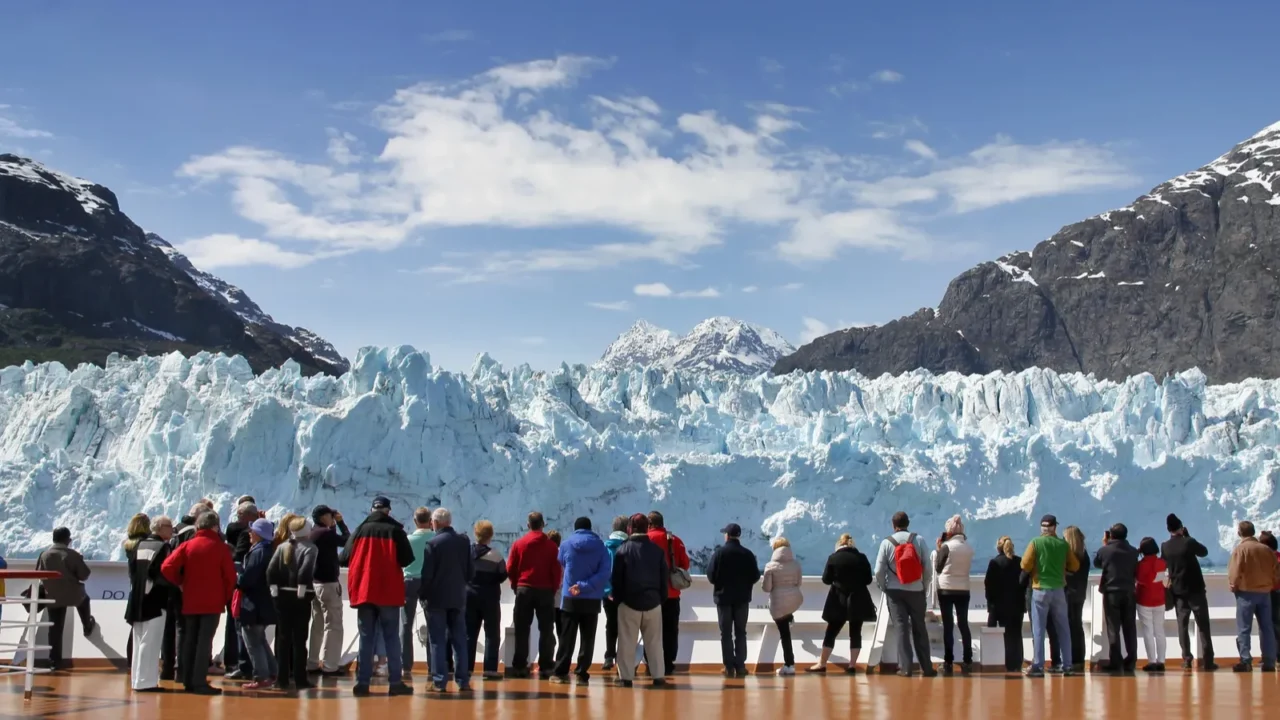
Best seasons and timing
In Alaska, expedition cruises are seasonal, usually May through September, when the weather is milder, wildlife is more visible, and seas are calmer. Glacier melt, daylight hours, and migration patterns make those months optimal.
For Antarctica, the peak season is November through March, when daylight is abundant, ice conditions allow landings, and wildlife is most active. If you go early or late in season, you may see dramatic ice, but risk more volatile weather. Choose a timing that matches what you want: wildlife, icebergs, or fewer crowds.
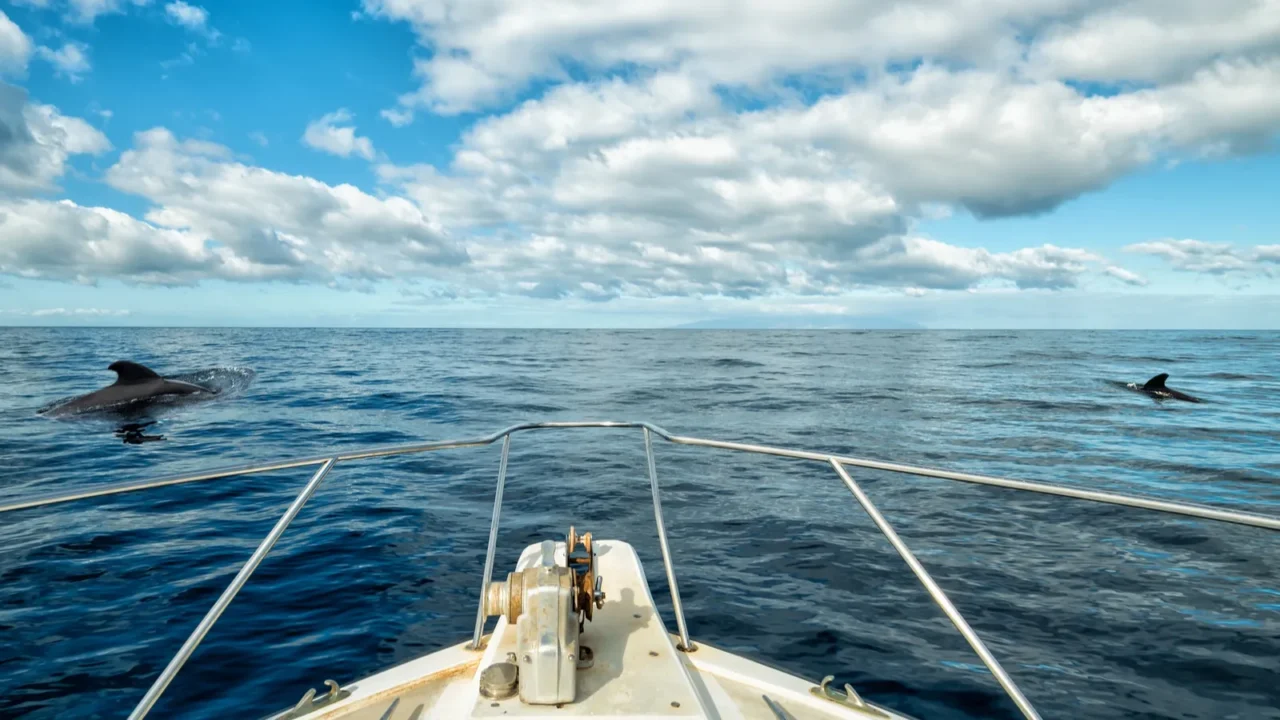
Wildlife and natural wonders
One of the big draws is wildlife: whales (humpback, orca), seals, sea lions, penguins, birds like albatross or petrels, and in Alaska, bears, moose, caribou, and eagles. Expedition cruises often include expert guides who teach you about behavior, habitats, and adaptations. Observing these animals in wild landscapes rather than zoos is powerful.
The natural scenery is equally compelling, with otherworldly ice forms, sweeping fjords, glaciers cascading into the sea, midnight sun, or polar twilight. In Antarctica, you might walk amidst penguin rookeries; in Alaska, you might navigate tidewater glaciers. It is beauty framed by adversity, raw and humbling.
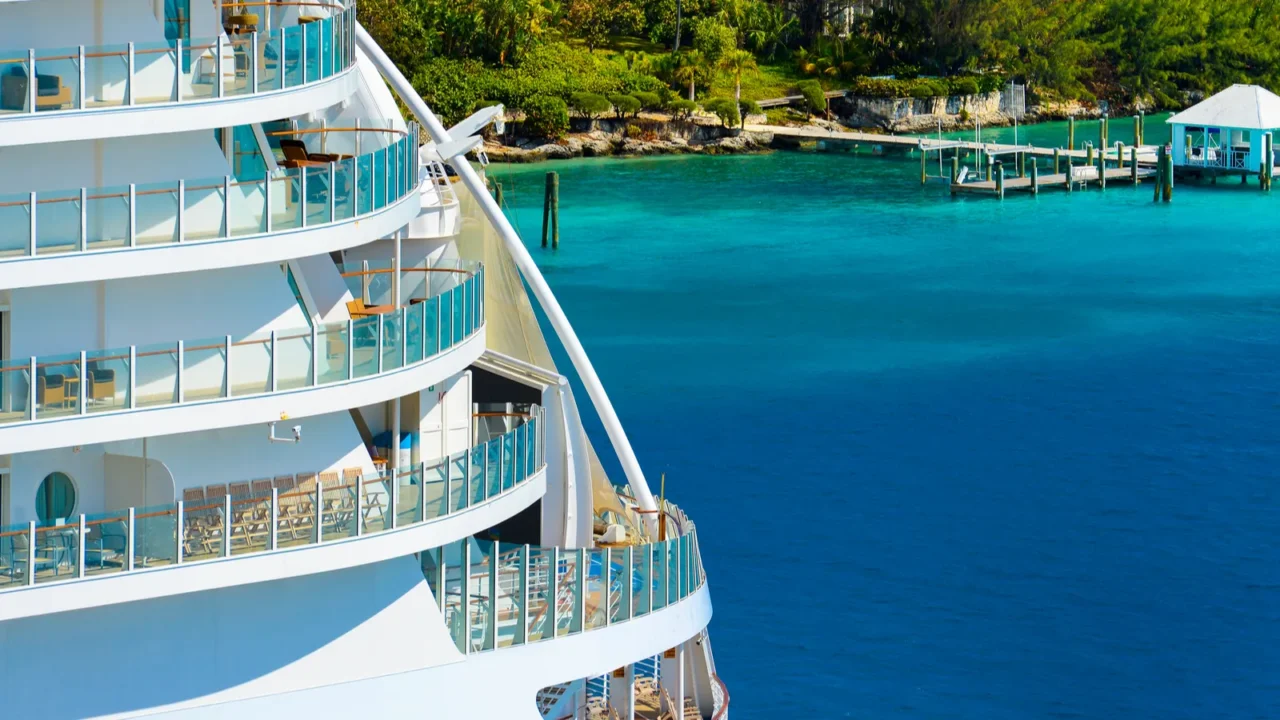
Luxury without compromise
Luxury is no longer just giant cruise liners with mass amenities. On expedition vessels, you want comfort: plush cabins, gourmet food, good wine, spa areas, observation lounges, and deck views. Ships like Seabourn Venture bring design that keeps you cozy while immersed in wild places.
Packages often include all meals, excursions with expert guides, and sometimes even specialty dining or alcoholic inclusions. For travelers who want adventure plus comfort, expedition cruises now offer top-tier glamping at sea, combining rugged terrain excursions with pampered evenings.
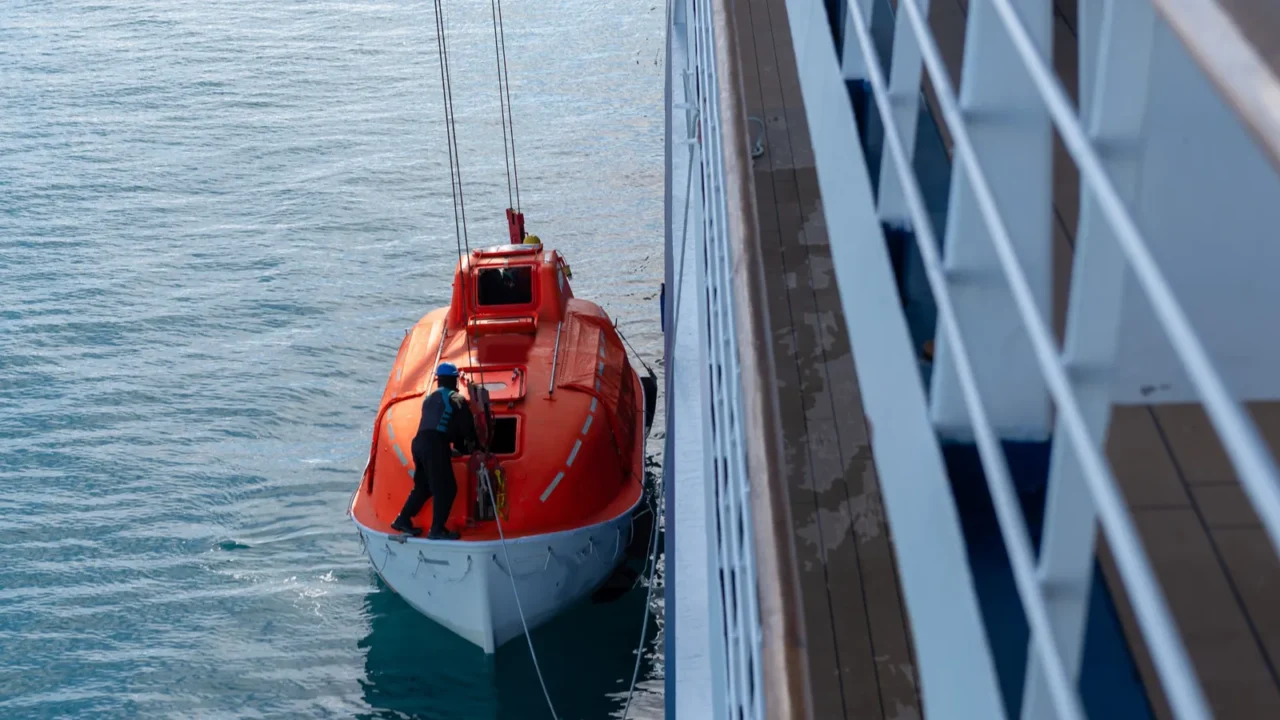
Safety, regulations and protocols
Polar regions are harsh. Shipping routes must comply with ice conditions, weather changes, and environmental protection. Companies now invest in ice-class ships, experienced captains, and expedition teams well versed in safety. Antarctic Treaty restrictions and oversight help regulate landings, waste disposal, and wildlife disturbance.
Health safety also matters as ships keep small group sizes, strict wildlife distance protocols, emergency medical capability on board, and provisions for rough seas or remote incidents. Doing it right is part of why expedition cruising is getting more respected.
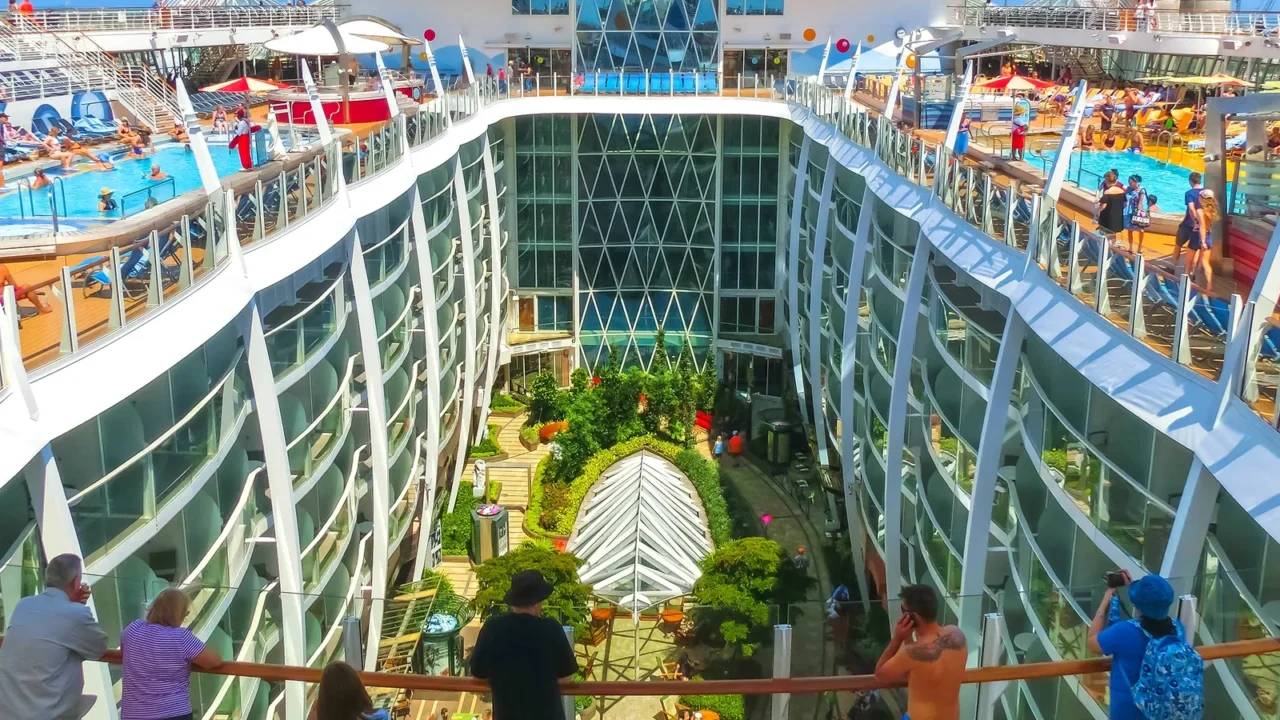
Cost and value considerations
Expedition cruises tend to cost more than regular cruises because of specialty gear, small ship amenities, expert teams, and remote logistics. Many people expect premium pricing. But what you pay buys experiences you cannot replicate, such as wildlife up close, remote landscapes, guided hikes, zodiac landings, often in small, intimate groups.
Deals do pop up, especially for early bookings or off-peak expedition seasons. Also consider what is included: excursions, gear, meals, and sometimes flights. Hidden costs like gratuities, optional adventure add-ons, or extra nights before or after the cruise can add up.
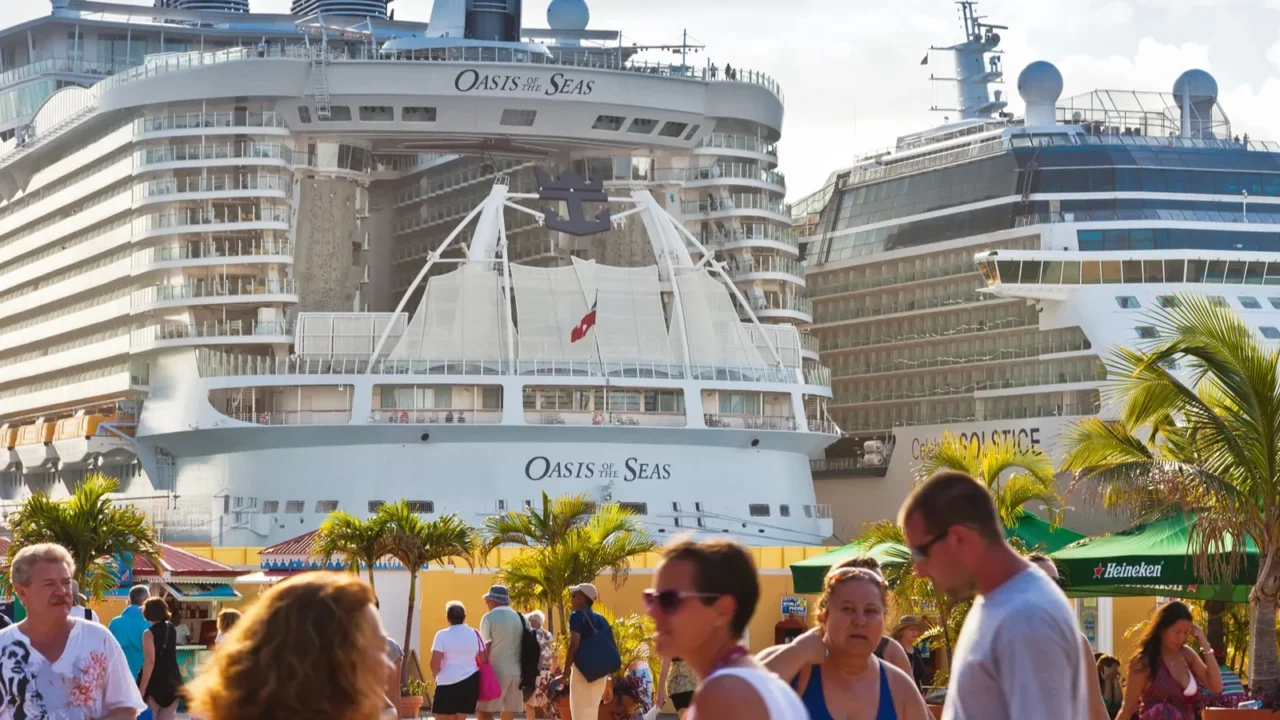
The challenges ahead
Growth comes with challenges. In Alaska, cruise arrivals have surged; Juneau, for example, saw over 1.6 million cruise passengers in a year. That strain has pushed city officials to cap daily passengers, improve infrastructure, and manage environmental impact.
In Antarctica, the challenges include protecting pristine ecosystems, regulating tourism to avoid damage, ensuring ships meet high environmental and safety standards, dealing with climate change effects like melting ice disrupting routes, and balancing access with preserving wilderness. For those preparing to sail for the first time, reading the top survival tips for your first-ever cruise can make the journey smoother and safer.
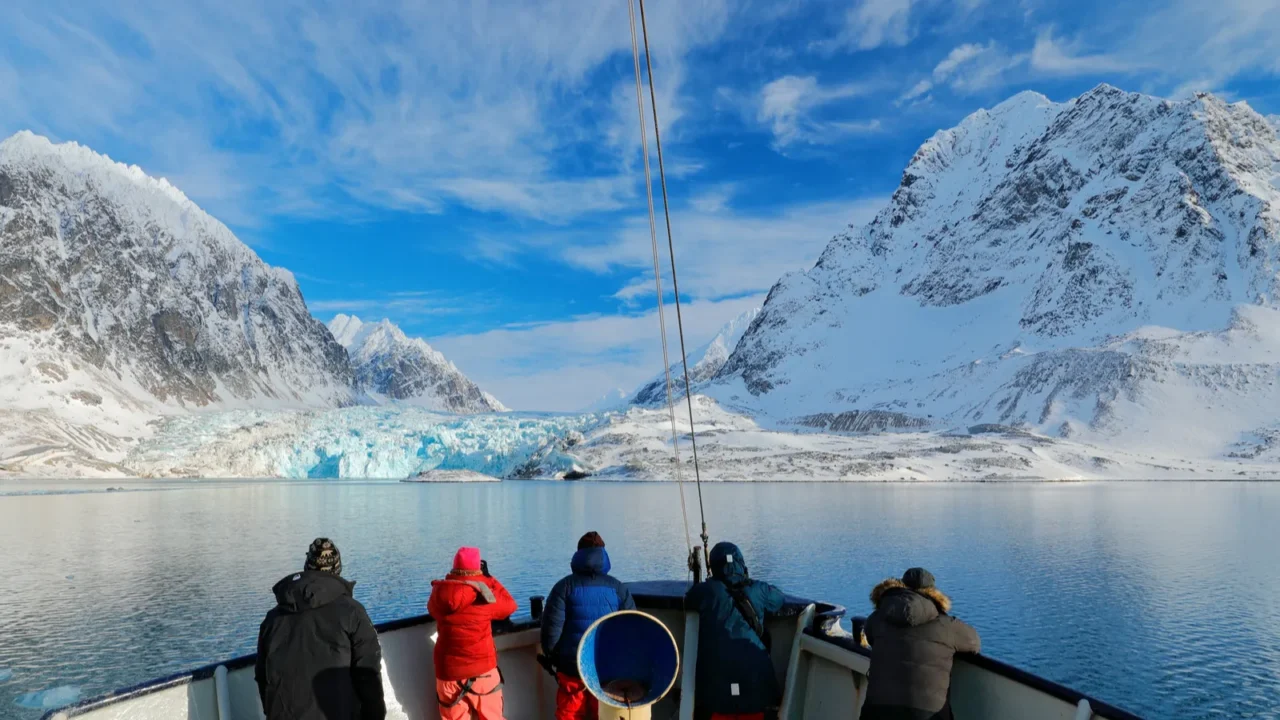
Your expedition awaits
Are you drawn to drifting through iceberg-choked passages in Antarctica or chasing glacier reflections in Alaska’s fjords? Do you want raw wilderness, wildlife, or immersion in local culture and scientific storytelling? Your choice shapes the adventure.
Whether your budget allows for luxury expedition lines or small boutique ships, plan. Book early, choose responsible operators, and pick itineraries that match your interests. If the Arctic calls to you, take a look at ways to explore the polar north on these exclusive Arctic cruises with your friends for an unforgettable journey.
If you had the chance to sail tomorrow, would you chase penguins in the south or glaciers in the north?
Read More From This Brand:
- The truth behind why planes don’t fly over the Pacific Ocean
- Private jet journey that takes you across all 7 continents in just 29 days
- Top extravagant luxury hotels around the world
Don’t forget to follow us for more exclusive content right here on MSN.
This slideshow was made with AI assistance and human editing.